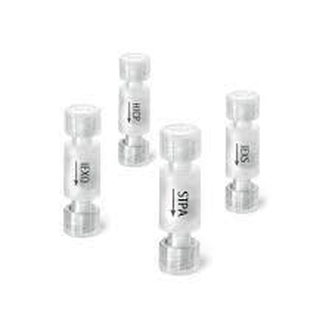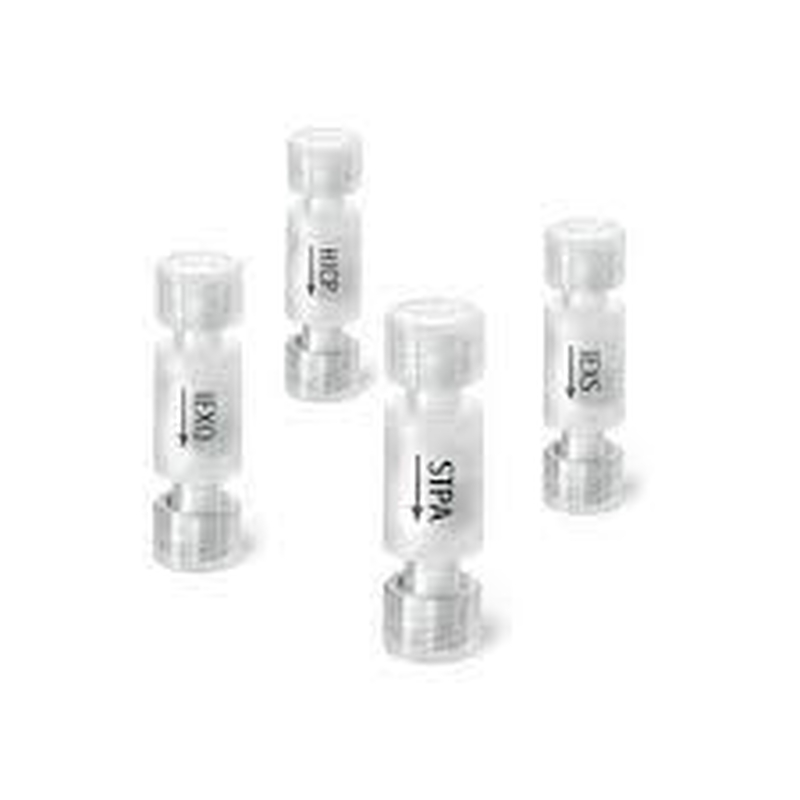Sartobind STIC® PA (primary amine) anion exchange membrane overcomes reduced binding capacity for host cell protein removal and can be used in high-salt conditions. Sartobind STIC® PA removes contaminants at high salt. Salt-tolerant interaction chromatography (STIC) with PA ligand is based on anion-exchange chromatography (AEX) principles. AEX is the established method for removing process-derived contaminants such as host-cell proteins (HCP), DNA, endotoxins, and adventitious and endogenous viruses. It is performed during the downstream processing of monoclonal antibodies (mAbs) in flow-through mode. The process is driven by throughput and not by mass, and thus membrane chromatography (MC) is advantageous over columns for contaminant removal, as membranes run up to two orders of magnitude higher flow rates. Membranes are easy to operate and can be disposed of after one use, just like filters, to save on validation cost. Applications: Current mAb downstream processes consist of at least one initial capture and one AEX chromatography step. The limitation of AEX steps is often that the Q chemistry requires low-salt conditions. In processes with cation exchange (CEX) as the second chromatography step, the CEX pool needs to be diluted to conductivities of 4-7 mS/cm to reestablish binding conditions for the following AEX step. The Sartobind STIC PA membrane is composed of cross-linked, regenerated macro-porous cellulose. The primary amine ligand is attached to the matrix at approximately six-fold higher ligand density than that of Q membrane. Both the free amine and the high ligand density were crucial for developing its high salt tolerance. Benefits: The Sartobind STIC® adsorber speeds up the production process by high flow rate and opens new opportunities for the purification of therapeutic proteins and vaccines. · No dilution of CEX pools necessary · Host cell proteins up to 10kg/l (product load/liter membrane) · Viruses >4 log · DNA at up to 1.5 M NaCl · Endotoxins >4 log Easy to use: · Plug and play devices from 0.08 ml to 1.6 L · Can be used like a filter · Flow rate up to 30 bed volumes/min · Disposable after one use




